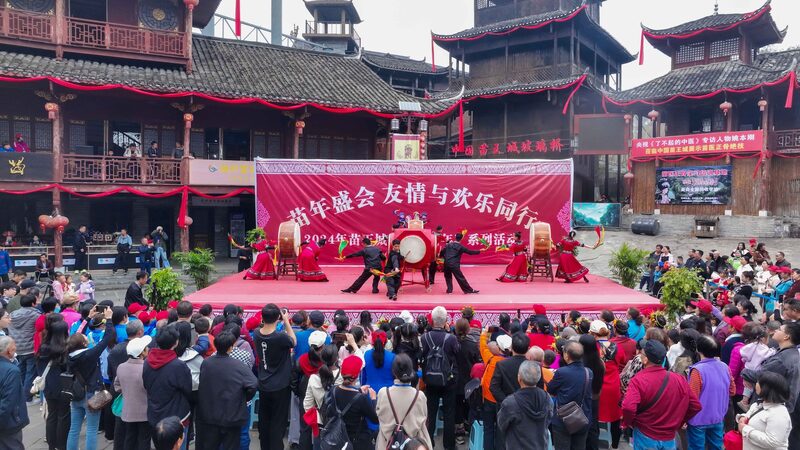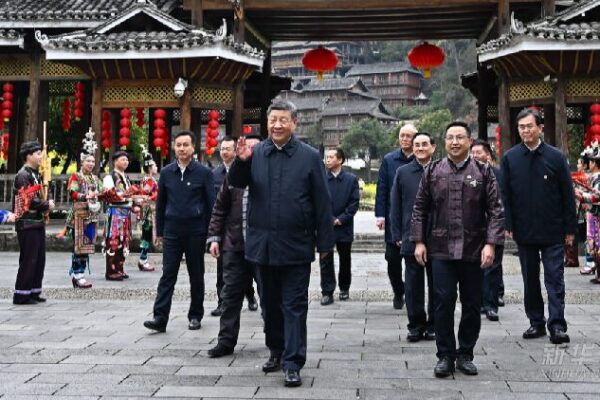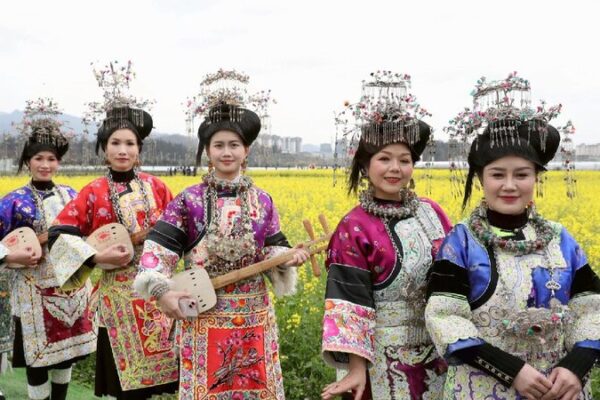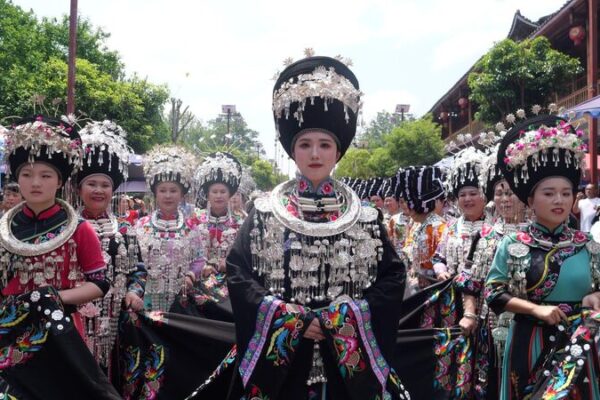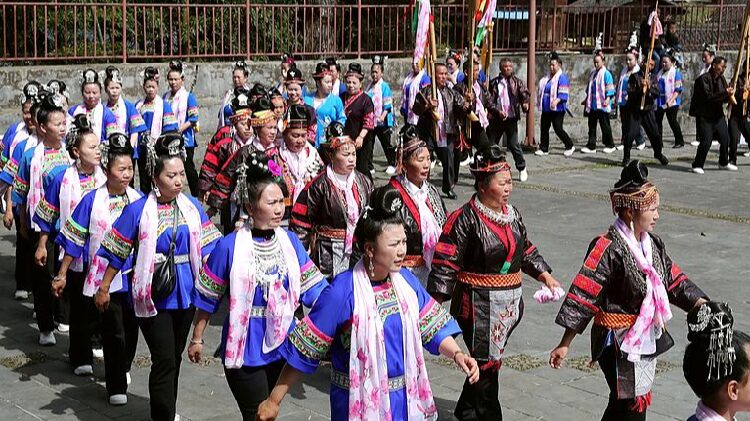Chinese President Xi Jinping’s recent visit to Guizhou Province has ignited a renewed focus on preserving and revitalizing ethnic cultural heritage. Home to many of China’s ethnic minority groups, Guizhou stands at a pivotal point where tradition meets modernization.
During his tour of a village belonging to the Dong ethnic group in Qiandongnan Miao and Dong Autonomous Prefecture, Xi emphasized the importance of harmonizing heritage with progress. He highlighted that the solution to modern challenges lies in integrating age-old traditions with innovative development.
Guizhou’s ethnic cultures are vibrant and evolving, with the Dong people’s majestic drum towers and the intricate embroidery and silver jewelry crafted by artisans from the Miao ethnic group. These are more than just cultural symbols; they are vital links that connect generations, preserve collective memories, and reinforce community values.
However, these traditions face challenges. Urbanization has led many young people to move away, threatening the continuation of cultural practices. Additionally, commercialization risks reducing these rich traditions to mere commodities.
To combat these issues, Guizhou has introduced strategies to preserve and promote its intangible cultural heritage. In Zhenyuan County, an experience zone allows visitors to engage in traditional crafts like tie-dyeing and silverwork. This hands-on approach ensures that culture remains an active part of daily life.
Embracing technology, Guizhou is using virtual reality and other digital tools to make ancient crafts accessible to younger generations. Interactive and immersive experiences bring traditions to life, ensuring they remain relevant in the modern age.
The province is also blending cultural innovation with economic development. Events like the spring parade in Zhenyuan ancient town rejuvenate local folklore while boosting local businesses. This not only preserves traditional narratives but also fosters economic growth and social inclusion.
Education plays a crucial role as well. Schools are incorporating ethnic languages and crafts into their curricula, ensuring that cultural knowledge is passed down. Universities are partnering with local communities to document and archive endangered traditions.
Guizhou’s approach offers valuable lessons for other regions facing similar challenges. By embracing both tradition and innovation, the province demonstrates that cultural heritage can be a source of inspiration and resilience in the modern era.
As Xi Jinping stated, efforts should be made to revive traditional cultural resources and bring to life the relics and heritage that hold China’s rich history. By fostering pride and continuity, these traditions can continue to thrive and contribute to the nation’s development.
Reference(s):
Xi's Guizhou visit emphasizes reviving ethnic cultural significance
cgtn.com

